Vitals
- Locale: North Coast, British Columbia (Terrace/Smithers)
- What It's Like: A classic fly in multiday. Steep, continuous rapids in a deep canyon with cheap and easy logistics.
- Class: IV-V
- Scouting/Portaging: Everything can be scouted and portaged. The day of whitewater is long and there is often the need for some aggressive boat scouting.
- Level: Zymoetz River should be between 100-150 cms. The Clore flows into the Zymoetz (aka Copper).
- Time: 2 or 3 days.
- When To Go: August and September.
- Info From: August 2015.
- Other Beta: None.
- Map: Click here for a map of the river zone.


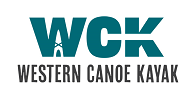
Description
Contributed by Ali Marshall
The Grand Canyon of the Clore is a classic late summer fly in multiday near Terrace. Flowing through a huge canyon, the Clore is packed with amazing scenery and great whitewater. On top of that, the logistics are relatively simple making this trip an easy one to pull off. It runs at the same time of year as the Stikine and the Iskut Rivers further north, giving you one more reason to make the long drive up in the late summer and early fall.
The Clore at normal flow levels is a great class IV-V run. The canyon can be paddled at a fairly wide range of flows, but at high levels you should expect a continuous class V challenge. It's important for groups to pay attention to the weather forecast to avoid getting trapped by rising water levels as rescue from the canyon would be very difficult. The Clore is a tributary of the Zymoetz (aka Copper) River, which has an online gauge. 100-150 cms appears to be the sweet spot.
The trip is often done in two days but it is recommended to maximize your time in the wilderness over three days by paddling all the way out to the confluence of the Clore and the Copper.
The two day take out is hard to find - expect to have to use your river sense to find it as the logging roads in this area change frequently. As of 2015, begin by driving up the Clore FSR to 17.3 km (0.3 km past the 17 km marker), and then turn left onto branch 17000. Drive for 0.7 km then turn left again. After about 0.5 km is where the cut block you will be in is closest to the river. Walk to the river and clearly mark your take out with flagging tape. Again, this information may not be accurate. It's fair to say you should just find a take out at about 17 km up the Clore FSR however you can.
The three day logistics are much easier. Leave your vehicle near the confluence of the Copper and Clore Rivers. There are many beautiful beaches and rec sites to choose from - choose whatever one you like the most. This trip makes for shorter days.
The put in is on Burnie Lake. Book your flight there with Alpine Lakes Air, based in Smithers. Their Turbo Otter can take 7 people and kayaks for a very reasonable price. Once arriving at the lake, you have an easy day of flat water paddling until you reach camp 1. Watch out for moose here, there have been several close encounters. Camp 1 is a beautiful but ominous spot. A large flat gravel bar makes for perfect camping but below you loom huge canyon walls and a violent looking rapid. Once scouted the first rapid is in fact very runnable and kick starts a long and action packed day of whitewater.
Day 2 is long. It helps speed things up if one of your team has done the section before. Boat scouting is the theme of the day. If you are inspecting every drop, you will make slow progress. The rapids are mainly comprised of lots of class 4 and 4 + moves, but its continuous nature makes it feel harder. There is only one rapid that is regularly portaged, and it is easy to spot and walk. Hiking out in some areas would be impossible. After 10 km or so the gradient eases and there are several km of almost flat water. Soon you will reach Flintstone canyon, a beautiful class 3+ bedrock canyon with some cool geology. Continue on until you reach your flagging tape at the take out.
If you want to continue to the Copper then the rest of the run is 3+ with one class 4.
CLOREIOUS from THE RIVER MILITIA on Vimeo.
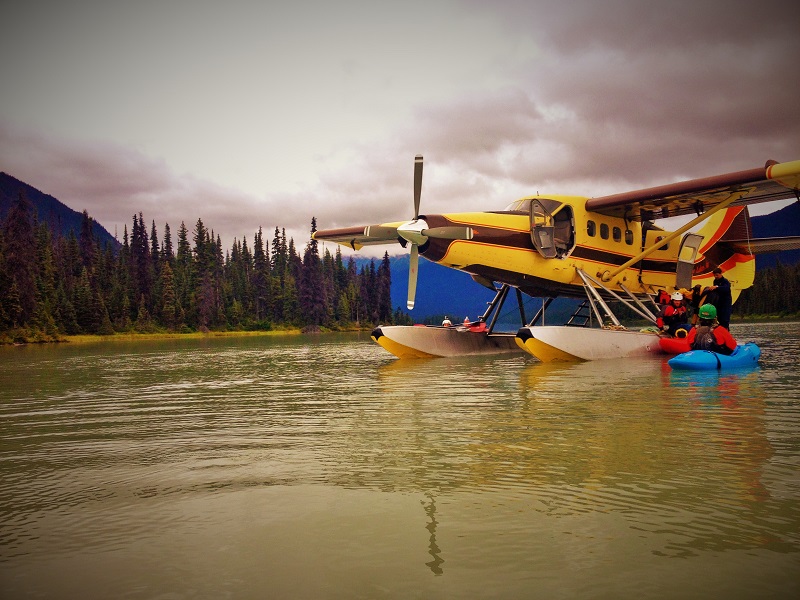 The drop off on Burnie Lake.
The drop off on Burnie Lake.
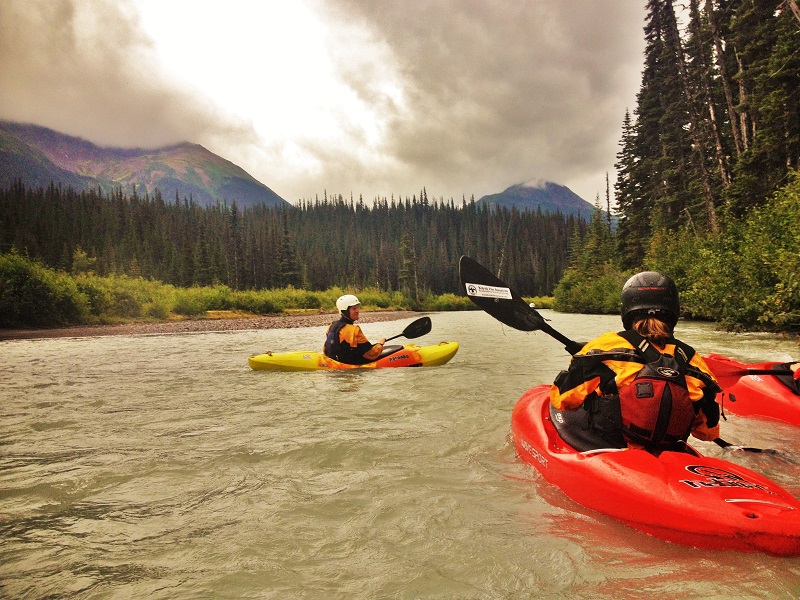 Flat water on day 1.
Flat water on day 1.
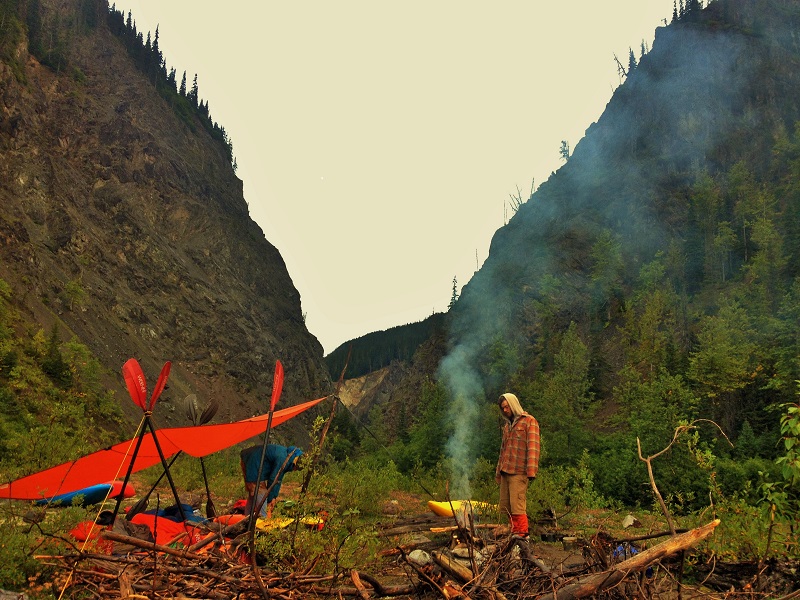 Camp 1, above the Grand Canyon.
Camp 1, above the Grand Canyon.
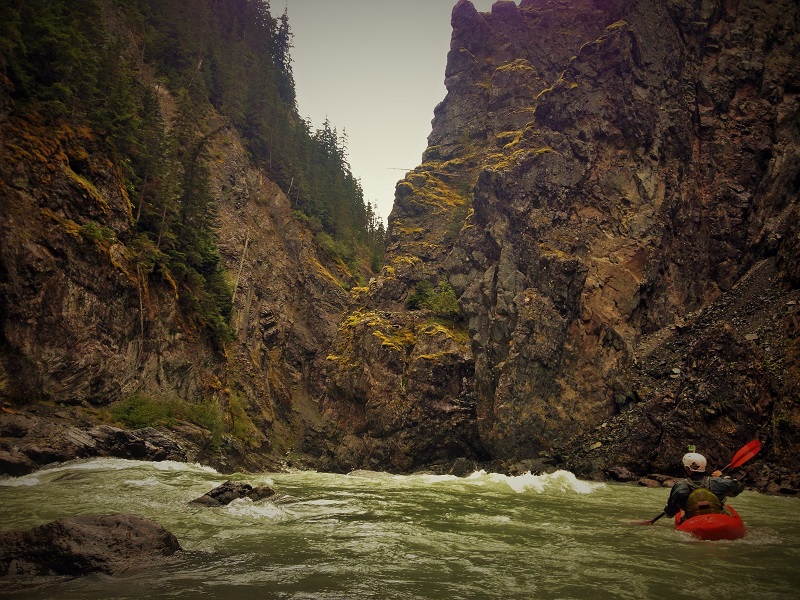 The scenery in the heart of the canyon.
The scenery in the heart of the canyon.
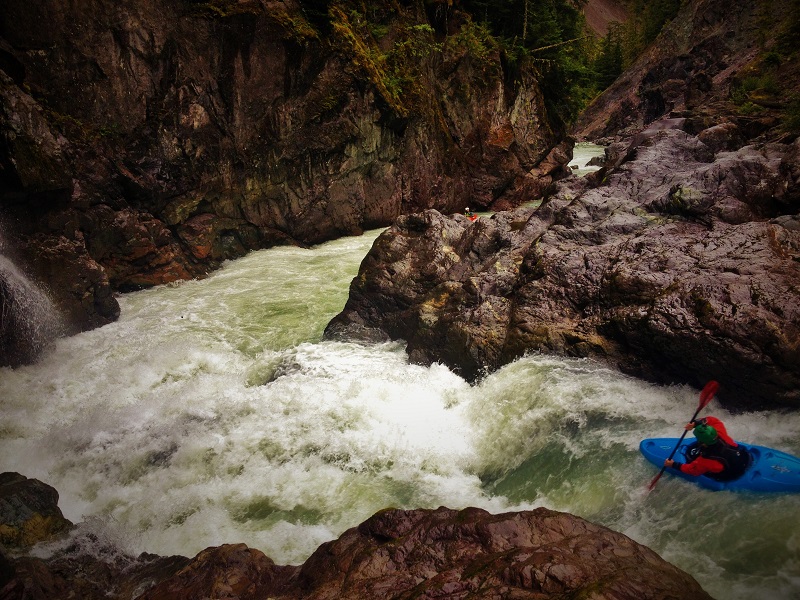 One of the larger rapids at low water.
One of the larger rapids at low water.
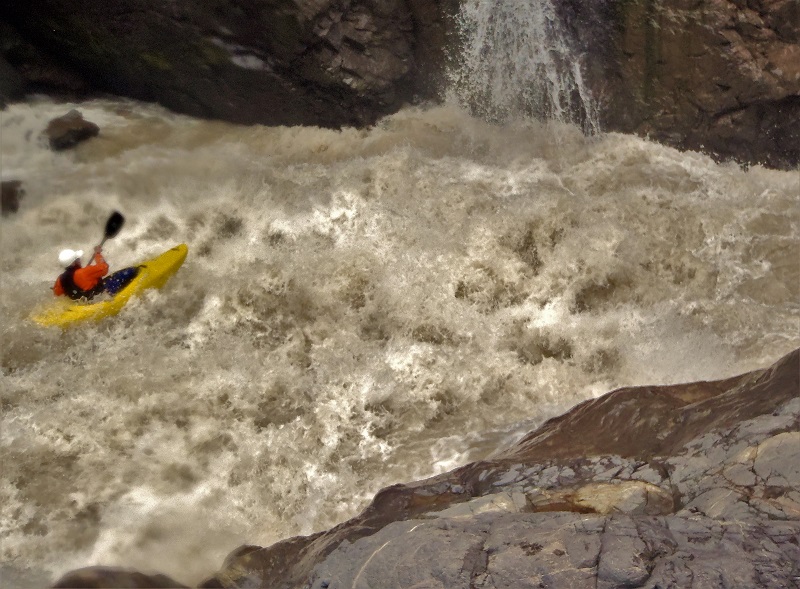 The same larger rapid at high water.
The same larger rapid at high water.
Updated April 8, 2018

